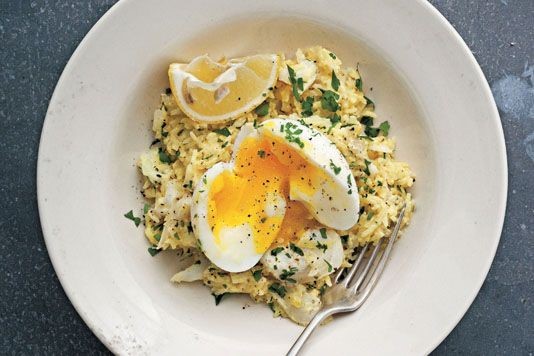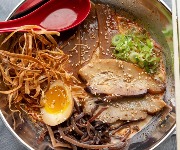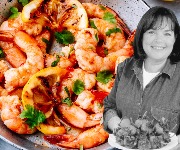A potted history of kedgeree

In the first of his three part series on Anglo-Indian cuisine, Humayun Hussain looks at the perennial favourite, kedgeree
Anglo-Indian cuisine is, sadly, gradually becoming a dying culinary art form in the Indian sub-continent. Where it is found, is in areas with a strong expat community. Indian-based cookery writer and Anglo-Indian food expert Bridget White-Kumar puts it quite succinctly when she laments the erosion of this cooking form: ‘It combined everything that was Indian with everything that was European.’
Many influences
Whilst steeped in influences from Portuguese, Spanish and Dutch cuisines, Anglo-Indian food is most closely associated as a leftover from the colonial days of the Raj. The repertoire’s probably most enduring and versatile dish remains the kedgeree, which in turn has its roots in the Indian dish of ‘kichri’, a lightly spiced serving of rice and lentils cooked together. Whether you like it wet or dry, with smoked haddock, salmon, tuna or even pollack, at breakfast, brunch, lunch or dinner, the kedgeree is a fine example of how one dish transmutes into another.
Eliza Acton
Eliza Acton’s recipe of 1845 is thought to be one of the first to include eggs, and here it is.
A Mauritian 'chatney' sounds like today's mango chutney, and would indeed be a good accompaniment.
Kedgeree in the UK
Chef Jay Ghosh, who did extensive research into Anglo-Indian cooking whilst training in India and whose west London restaurant Potli (www.potli.co.uk) serves food inspired by the market towns of the country, states: ‘References to kichri can be traced back well over a thousand years ago. Even though it became a firm breakfast favourite as kedgeree during the colonial rule and was then brought over to the UK, neither kichri nor kedgeree, are very fashionable dishes any longer.’
Unfashionable
Perhaps the thought of what may be perceived as a rather heavy and stodgy dish proves all too daunting, particularly for breakfast, but cooked with some dexterity and fresh ingredients, kedgeree can be flavoursome and quite comforting.
‘Anyone who doesn’t look at Anglo-Indian dishes with a more favourable eye is really missing a culinary trick or two,’ says chef Anand George, who has just launched his modern Indian restaurant Purple Poppadom in Cardiff.
First fusion
‘It’s like the first form of fusion cooking,’ he adds. ‘You can mix and match Indian and British flavours, which to some extent contemporary Indian cooking is doing nowadays anyway. I used to serve kichri as an accompaniment to a main dish and customers really used to like it. I’m planning now to re-introduce it and bring in more Anglo-Indian dishes because it gives such an interesting and original angle to my menu.’
The recipe
 If you'd like to make kedgeree for supper, and it really is a tasty and quick dish to make, we've two versions, James Ramsden's and Rachel Green's.
If you'd like to make kedgeree for supper, and it really is a tasty and quick dish to make, we've two versions, James Ramsden's and Rachel Green's.
Next week: a certain spicy soup.
More Indian treats
Most Recent
Comments
Be the first to comment
Do you want to comment on this article? You need to be signed in for this feature








